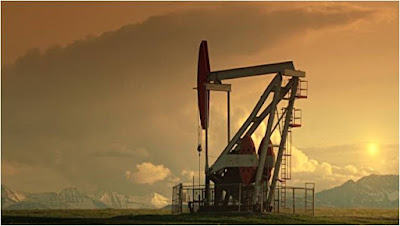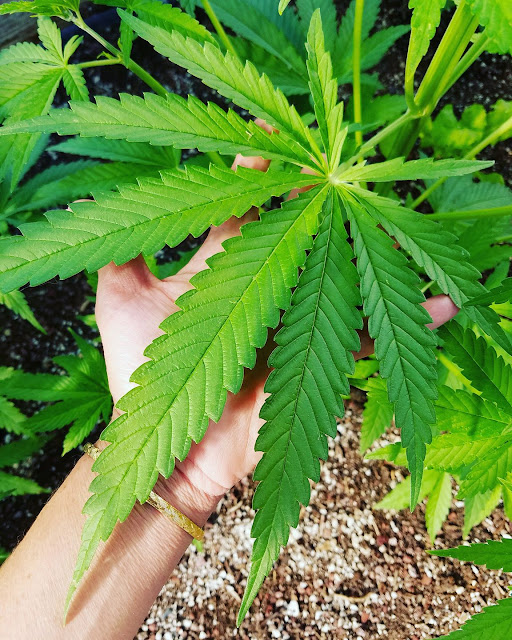FOSSIL FUELS
ALERT!!
CONSERVE FOSSIL FUELS
Fossil fuels, though they are number one contributor to global warming, we are increasing its usage every year. Almost everything we use today has its involvement. We use fossil fuels in more than 6000 application but its predominant use is in fueling our vehicles and generating electricity. As it is a natural resource one day we are definitely going to run out of them. And the immediate alternatives are biobased products which are cleaner, cheaper (few) and efficient which can make energy independent nation.
What are fossil fuels and how are they created?
How we are using them and how it is affecting our lifestyle and environment?
Where do we stand now on the usage of fossil fuels and how much more is left?
Biofuels have many advantages over fossil fuels. But why we need to conserve fossil fuels?
What are the serious threats we face by increasing the use of biofuels?
How could be our future without fossil fuels and with biofuels?
A disaster or a better tomorrow??
Found answers to many such questions and explained them as precisely as possible because even Time is as precious as fossil fuels.
What are fossil fuels and how are they created?
How we are using them and how it is affecting our lifestyle and environment?
Where do we stand now on the usage of fossil fuels and how much more is left?
Biofuels have many advantages over fossil fuels. But why we need to conserve fossil fuels?
What are the serious threats we face by increasing the use of biofuels?
How could be our future without fossil fuels and with biofuels?
A disaster or a better tomorrow??
Found answers to many such questions and explained them as precisely as possible because even Time is as precious as fossil fuels.
What is a Fossil Fuel?
Fossil fuel is any naturally occurring carbon compound found in the Earth's crust that has been produced by anaerobic conditions and high Pressures acting on dead organisms.
People have been using them for 3000 to 5000 years. Chinese believed that coal was a magical stone and used it to smelt copper, Egyptians used oil for medical purpose and natural gas was the basis of fire worship in ancient Iran. With the increase in industrialization, fossil fuels now became the most important natural resource.
90% of our energy requirement is met by fossil fuels.
70% of steel is created using coke, 40% of global electricity is derived from coal.
Coal is also used in making anti-dandruff shampoos (coal tar), plant fertilizers (ammonia), paper, glass and pottery(for heating purpose)
60% of petroleum is used to fuel vehicles. They are also used in more than 6000 applications.
Considering the period from 1965-2005, humanity was using two and a half as much as oil, twice as much as coal and three times as much as natural gas.
The purpose of fossil fuels are not limited to energy carriers (generate electricity, power automobiles). They are widely used in many engineering and medical fields such as plastics, pharmaceuticals, a range of manufacturing materials, synthetic materials found nearly in everything. Ink, tires, clothes, sports car bodies, lipsticks, cold creams, Vaseline, perfumes, shampoos, nail polish, vitamin capsules, helmet, adhesive, tennis racket, water pipes, guitar strings, anesthetics, refrigerant, food preservatives, life jackets, toilet seats, toothbrush, balloons, movie film, golf balls, motor oil, epoxy, paints, sunglasses, shaving cream, bearing grease, insecticides, pesticides, soaps, glycerin, detergents, ammonia and so on are made of petrochemicals. (Source: ranken-energy.com)
Fossil fuels contain sulfur!
Despite of such vast applications, fossil fuels cause catastrophic effects on environment.
When fossil fuels are burned, the organic sulfur is released into the air where it combines with oxygen to form sulfur dioxide, which is invisible gas, that has been shown to have adverse effects on the quality of air we breathe. It also contributes to acid rain, an environmental problem which many scientists think adversely affects wildlife (especially fish) and forests.
Carbon from burning coal reacts with air to form carbon dioxide and other gasses, such as those emitted from automobiles, accumulate in the earth’s atmosphere, and form a shield that allows the sun’s light and heat in, but doesn’t let it out. This condition is called greenhouse effect which could cause a change in earth’s climate.
About 80 million tons of polyethylene or polyethene is manufactured every year.
Biofuels are stepping up to replace petrochemicals, bio-based chemicals (made from plant feedstock) production has grown quickly in recent years. But as of now, they represent just 7.7% of the overall chemical market.
Biofuels are more expensive than petrochemicals.
Most of the biofuels are derived from agricultural plant feedstocks such as sugar cane, wheat, barley and various plant seeds.
Ethanol, an alcohol-based fuel is one of the top alternative fuels made by fermenting and distilling crops such as corn, barley or wheat. Ethanol can be used in both S.I (petrol) and C.I (diesel) engines.
The quantity of grain needed to fill the tank (100 liters) of an SUV with ethanol is enough to feed one person for a year.
There are more than 1.1 billion vehicles worldwide running on petroleum based fuels such as petrol, diesel and propane gas.
If we go on increasing the use of biofuels, more crops have to grow to meet the higher demand. Growing of cash crops instead of staple foods can lead to a lack of food and this would be even worse in poor areas. Even water becomes scarce as growing crops needs water.
Burning tropical rain forest to clear the ground for sugar cane production increases atmospheric carbon dioxide and can reduce biodiversity.
Even to produce biofuels out of crops requires fossil fuels that are used in the production of fertilizers, pesticides and farm machines.
Our future without fossil fuels is unpredictable and life without them is impossible.
How much is left and when we will run out of oil??
Before knowing about how much is left, let’s talk about the stage we are now called the peak oil.
 |
| Image source :http://www.mutualresponsibility.org/ |
The graph shows that oil reservoirs follow a predictable trajectory from discovery to depletion. Once the oil is discovered, production from the reservoir continues to increase until it reaches its maximum output. After that production plateaus, then begins to decline. Once it declines, production continues downward until the reservoir is depleted.
"About 944 billion barrels of oil has been extracted so far, some 746 billion barrels remains extractable in known areas and a further 14 billion barrels of reserves are classed as “yet-to-find” meaning the oil which is expected to be discovered.” Said by Coiln Camphel, petroleum geologist.
Many oil producing nations do not reveal their reservoir engineering field data and instead provide unaudited claims for their oil reserves.
The global oil production can be expected to decline steadily at about 2-3% a year.
According to British Petroleum(BP), we still have 1,333 billion barrels out there to pump, enough for 40 years at current usage. But pulling the last drop of oil on earth from the ground may be a long way off by anyone’s measure.
If we go on increasing the usage of fossil fuels, the coal reserves will deplete in the next 200-300 years and petroleum deposits in the next few decades. Soon, the petroleum (oil) will become very scarce and costly to find and produce.
The cost of everything from travel, electricity, heating, agriculture, steel, trade and anything made of plastics rises.
As the biofuels are expensive than petrochemicals, the cost of various chemically produced goods will rise. The water we drink, food we eat also affects.
Almost everything we use today has the involvement of petroleum products. The majority of fossil fuels are used as energy carriers(to generate electricity and power automobiles).
If we reduce the use of fuels by adopting few simple tips, we can use this precious resource for other vital applications that make our lives easier or prolong our lives.
How to reduce the dependency on fossil fuels???
REUSE, REDUCE AND RECYCLE.





Comments
try to conserve fuels ;)